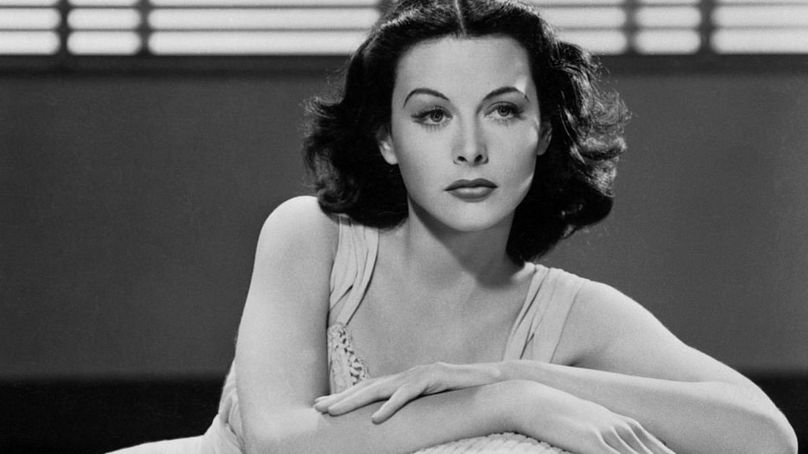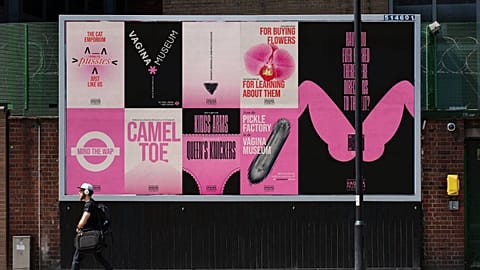Happy National Orgasm Day, one and all.
It’s a day that comes once a year, celebrated on 31 July. Or, for those who finish a tad too quickly, Happy National Orgasm Day yesterday.
Jokes aside, the official day for climaxing is celebrated today in the UK, Australia, the US and Canada, and is a branch of International Female Orgasm Day that is celebrated on 8 August. It aims to spread awareness, break taboos still prevalent in society, and destigmatise sexual pleasure.
Hopefully, many of you are already aware of the intense pleasure sensation and of the health benefits linked to orgasms, which relieve stress, boost immunity, alleviate pain caused due to arthritis, help you focus, and are generally a wonderful thing when it comes to keeping relationships thriving.
But before you thwack on Donna Summer’s 'Love to Love You, Baby', Divinyls' 'I Touch Myself' or PJ Harvey’s 'The Dancer' (three songs which are basically musical orgasms) and indulge, here are a few facts you may not know about the Big O.
1. Greek origins
The word ‘orgasm’ comes from the Ancient Greek word ὀργασμός (orgasmós), which translates to “excitement” or “swelling”. Spot-on.
2. Orgasms as a historic cure-all
In 8 century B.C., Homer wrote about Melampus, an Argonaut healer in Greek mythology who treated virgins for a type of madness. He blamed their troubles on a lack of orgasms and encouraged sex with strong young men. This predates a Dutch medical text published in 1653 that instructed midwives to treat any "hysterical" patient using oils to "massage the genitalia with one finger inside. This way, the afflicted woman can be aroused to the paroxysm."
3. The Rapture
The first written description of the female orgasm came from a 12th century nun, Hildegard of Bingen, a polymath famous for her musical compositions, sermons, and writings on topics including gender, medicine and theology. She was sent to a Benedictine monastery at the age of eight, and was a prolific writer and became the first person in history (that we know of) to describe the female orgasm: “When a woman is making love with a man, a sense of heat in her brain, which brings with it sensual delight, communicates the taste of that delight during the act and summons forth the emission of the man's seed. And when the seed has fallen into its place, that vehement heat descending from her brain draws the seed to itself and holds it, and soon the woman's sexual organs contract, and all the parts that are ready to open up during the time of menstruation now close, in the same way as a strong man can hold something enclosed in his fist.” Saucy.
4. A state of transcendence
Sticking with literature, the French term la petite mort ("the little death") is an expression that means "the brief loss or weakening of consciousness" and in modern usage refers specifically to "the sensation of post orgasm as likened to death." The first attested use with the meaning of "orgasm" was in 1882. In modern usage, this term has generally been interpreted to describe the post-orgasmic state of unconsciousness that some people have after having some sexual experiences. More widely, it can refer to the spiritual release that comes with orgasm or to a short period of transcendence as a result of the expenditure of the "life force". Literary critic Roland Barthes spoke of la petite mort as the chief objective of reading literature, the feeling one should get when experiencing any great literature. Don't ruin it, Roland...
5. How far we’ve come...
In 1869 (stop snickering at the back), American doctor George Taylor invented the Manipulator, a steam-powered vibrator with a mechanism that took up an entire room. Hardly practical. The estimated year the first manual vibrator was sold in the US was 1900. Apparently, users had to hand-crank it like an eggbeater. Yikes.
6. The Gräfenberg Spot
The ‘G’ spot – yes it exists, get over it – is named for the researcher, Ernest Gräfenberg, who first wrote about the G-spot in the ’50s. Referring to the highly erogenous zone, Gräfenberg wrote in the 1950 study published in The International Journal of Sexology: "The anterior wall of the vagina along the urethra is the seat of a distinct erotogenic zone and has to be taken into account more in the treatment of female sexual deficiency.”
7. The first female orgasm on screen
Once considered the most beautiful woman in the world during her heyday in the 1940s and 50s, Hollywood star Hedy Lamarr was one of the most fascinating women in the industry. She was a self-taught inventor who developed a spectrum-hopping technology that led to the development of GPS, Bluetooth and secure Wi-Fi. She was also the model for Disney’s Snow White, inspired DC Comics’ Catwoman, and courted controversy by performing one of the first on-screen female orgasms. When she was 19 and living in her home city of Vienna, Lamarr starred in Gustav Machatý’s controversial romantic drama Ecstasy (1933), in which she performed the first on-screen female orgasm in a non-pornographic film. The feature caused such a stir that Lamarr’s then-husband, Friedrich Mandl, attempted to suppress it by buying up all the existing prints. Nice try, Mandl.
8. Take that Usain!
At 45km per hour, ejaculation is speedier than Usain Bolt, the fastest man on earth, who at his peak has reached 44.7kph.
9. Cocktail please
Porn shoots have been known to use several substances as fake semen, chief amongst which are hand soap; face cleanser Cetaphil; condensed milk; a mixture of egg whites, yogurt, corn-starch and water; or even Piña Colada mix. Now you know. And good luck listening to Rupert Holmes’ classic song ‘Escape (The Piña Colada Song)' the same way ever again.
10. The record for most female orgasms in one hour
According to a study reportedly conducted by doctors from the Center for Marital and Sexual Studies in California, one woman experienced 134 orgasms in one hour — the most ever documented. That's 2.2 per minute. By contrast, the record for men stands at a measly 16 orgasms in the same length of time. That mind-boggling number is linked to a recently defined phenomenon: ESR (Expanded Sexual Response), defined as "being able to attain long lasting and/or prolonged and/or multiple and/or sustained orgasms and/or status orgasms that lasted longer and more intense than the classical orgasm patterns defined in the literature". Sounds exhausting.
And as a cheeky bonus fact, earlier this year, one woman attending a concert performed by the LA Philharmonic Orchestra at the Walt Disney Concert Hall had a full-blown orgasm during the performance. This happened while the orchestra was performing Tchaikovsky’s Symphony No. 5. It’s not the first time this has happened to music, as there have been claims that certain musical notes can induce orgasms. If you’re curious, read our piece about how music can induce earth-shattering orgasms.
Babe, come over. I’m listening to Tchaikovsky... And enjoy National Orgasm Day.




















